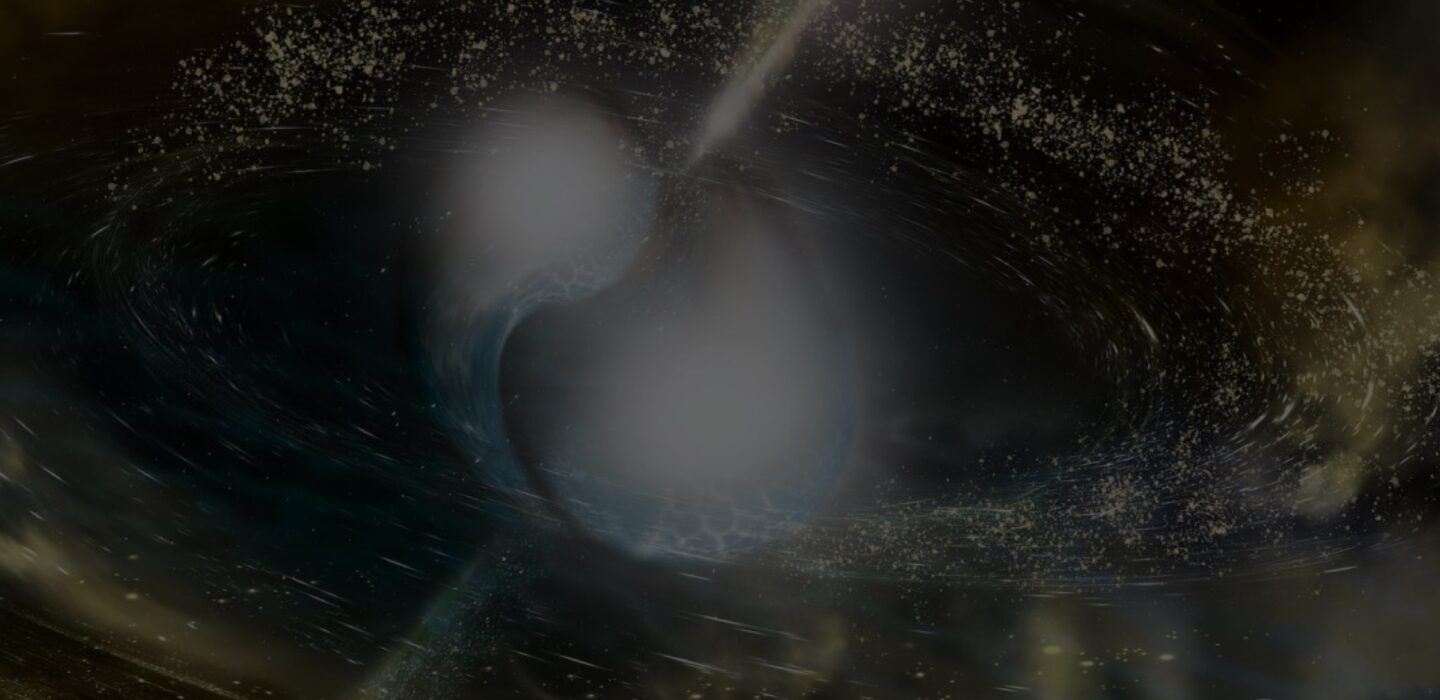MATs: Qinan Wang

Monday, April 10, 2024
3:00pm - 3:30pm
Marlar lounge
3:00pm – 3:30pm, Garrett Levine
TESS as a supernovae hunter: constraining supernova progenitors with high cadence photometry at early time
The hint for the exact progenitors of various types of supernovae (SNe) lies in the rapidly evolving features at the earliest stage. Such features include the breakout flash of the SN shock through the surface of progenitor stars, the cooling of shock-heated envelope, the interaction of SN ejecta with the pre-existing CSM or companion stars, or the mixing of radioactive isotopes within the progenitor. Continuous high cadence light curves from TESS open a new window in capturing those phenomena.
I will first talk about early studies on the core-collapse SNe (CCSNe) with TESS, including SN 2020fqv with a rapid rise and SN 2021zby with a prominent shock cooling peak. Using multi-band model fits, we were able to constrain their progenitor properties and and pre-SN mass-loss history with high precision, further validating the effectiveness of early light curve analysis in comparison with other methods. I will then talk about the search for the early excess features of thermonuclear SNe (SNe Ia) and their implications on their progenitor systems, showing SN 2021zny and SN 2023bee as examples. Furthermore, I will discuss the newly discovered discrepancy between the early excess rate in SNe Ia sample in TESS and ground-based surveys, and its implications for future studies.